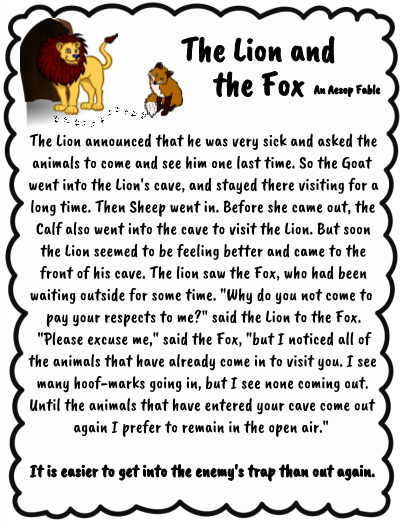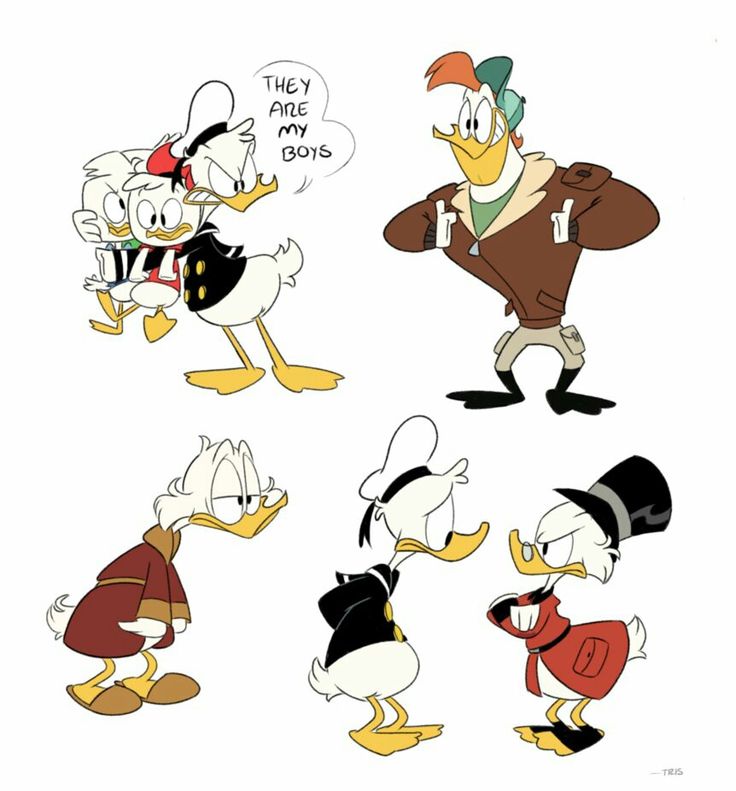Stories like the egg
10 Short Stories That Will Blow Your Mind
This content contains affiliate links. When you buy through these links, we may earn an affiliate commission.
Short stories are hard to craft. Often overlooked in discussions about “real” literature, they have to pack the same sort of punch that a novel spends hundreds of pages working on. But when they do it right, they can be profound. Some of the works of art that have changed how I see the world have been short stories.
This list illuminates short stories that hit their mark with expert ease, leaving the reader different than they were before. You might be shocked, scared, or open to new concepts you hadn’t thought of before. No matter what, these ten short stories are must-reads.
the ones who walk away from omelas by ursula k. le guin
In the town of Omelas, everything is perfect. The setting is beautiful, vivid with color and life. The people of the town are cheerful, complex, and advanced. They want for nothing. They live long, happy lives.
But something sinister lurks in the bowels of Omelas. I won’t spoil it for you, but I’ll say the perfection of Omelas comes at a heavy, heavy price. This short story makes the reader question what comfort is worth. Its metaphor can be applied to western society as a whole, making it all the more chilling.
You can buy this story by clicking the link on the title above, or you can read it for free here.
story of your life by ted chiang
This story is the basis for the phenomenal film, Arrival. Chiang tells the tale of a linguist tasked with communicating with an alien species. Not only is this piece well-researched and realistic despite being science fiction, its emotional component is what makes it shine.
The linguist, Louise, tells the heart wrenching tale through nonlinear narratives and a deeply human perspective. This is a story that you’ll keep with you for some time to come.
This resides in the greater collection, Stories of Your Life and Others.
“the egg” by andy weir
What happens when you die? Andy Weir, author of bestselling novel The Martian, answers this question with startling nuance. Talk about mind-blown.
It starts as such:
“You were on your way home when you died.
It was a car accident. Nothing particularly remarkable, but fatal nonetheless. You left behind a wife and two children. It was a painless death. The EMTs tried their best to save you, but to no avail. Your body was so utterly shattered you were better off, trust me.
And that’s when you met me.”
You can read this right now here.
“a brief guide to other histories” by paul mcauleyOur America opened a portal into an alternate America years ago, and things are complicated to say the least. Soldiers from one world migrate to the other in a military project, and meet their doppelgängers. Some meet mothers they never had, because they died on our Earth decades before but survived in the other. Every page of this story makes one wonder about reality, fate, and whether or not this science fiction is really…fiction.
Every page of this story makes one wonder about reality, fate, and whether or not this science fiction is really…fiction.
This short story is in the anthology Other Worlds Than These, which is a phenomenal collection of pieces on the theme of alternate universes. You can also find the individual story here.
“button, button” by richard matheson
You may have seen the film The Box starring James Marsden and Cameron Diaz. It follows the premise of the short story it was based on, “Button, Button,” though quickly diverges from the original material.
In “Button, Button,” a husband and wife receive a visitor at their door. The visitor explains that if they press the button given to them, someone they don’t know will die and they will receive 50,000 dollars. I won’t spoil the outcome, but as with many of the short stories I’ve listed above, nothing is as it seems.
“victory lap” by george saundersGeorge Saunders is a master of the short story. His collection, Tenth of December, garnered immense praise for its unique, poignant work.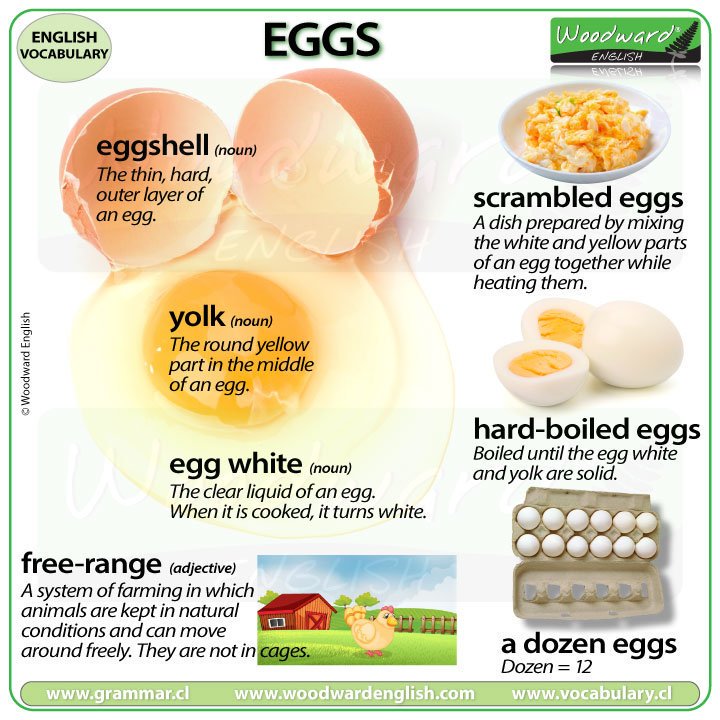 One of the best stories in that collection is “Victory Lap.”
One of the best stories in that collection is “Victory Lap.”
Three distinct characters collide as a normal day morphs into a kidnapping and a chance for anything to happen. Saunders writes each character with skill and unparalleled depth.
It begins:
“Three days shy of her fifteenth birthday, Alison Pope paused at the top of the stairs.
Say the staircase was marble. Say she descended and all heads turned. Where was {special one}? Approaching now, bowing slightly, he exclaimed, How can so much grace be contained in one small package? Oops. Had he said small package? And just stood there? Broad princelike face totally bland of expression? Poor thing! Sorry, no way, down he went, he was definitely not {special one}.”
You can read the rest here.
“the lottery” by shirley jacksonShirley Jackson, master of horror, lends her skills to the medium with “The Lottery.” Published in 1948, its eerie atmosphere still holds true. It focuses on a small town that participates in a lottery every year. What does the winner get? Read it here to find out.
What does the winner get? Read it here to find out.
“The poetry cloud” by cixin liu
Cixin Liu is one of the most prominent science fiction writers in China today. In The Poetry Cloud , he writes of a new Earth, one that is hollow inside. The surface description of the plot doesn’t do much to capture the breathtaking genius involved, so I won’t say much. I’ll just tell you you can find it in the Big Book of Science Fiction, an anthology with plenty of other mind-blowing short stories.
“the yellow wallpaper” by charlotte perkins gilmanThis short story is a staple of early feminist literature. When the main character is diagnosed with hysteria (a made up illness given to women who didn’t act ladylike), she is coerced to stay in the upstairs room of an old house. “The Yellow Wallpaper” details her descent into madness as she fixates on the yellow wallpaper of her prison.
You can read it here.
“The Green zone rabbit” by hassan blasim
What is at first glance about a rabbit who acts very strangely is actually a short story about impossible situations. Hajjar has left the army, trapped in a violent country with no escape when he’s offered a chance to get revenge on militants that killed his family. Oh and, his rabbit can lay eggs. A weird, powerful text, “The Green Zone Rabbit” eloquently illustrates life in a war-torn land.
Hajjar has left the army, trapped in a violent country with no escape when he’s offered a chance to get revenge on militants that killed his family. Oh and, his rabbit can lay eggs. A weird, powerful text, “The Green Zone Rabbit” eloquently illustrates life in a war-torn land.
You can read it here.
What short stories have blown
your mind? tell us!Books like The Egg
Books like
See details
Short story by American writer Andy Weir, originally published on his website Galactanet on August 15, 2009.
0 SaveAdd to a new list
0 SaveAdd to a new list
0 SaveAdd to a new list
0 SaveAdd to a new list
0 SaveAdd to a new list
0 SaveAdd to a new list
0 SaveAdd to a new list
0 SaveAdd to a new list
0 SaveAdd to a new list
0 SaveAdd to a new list
0 SaveAdd to a new list
0 SaveAdd to a new list
0 SaveAdd to a new list
Lady Roquett @ladyroquett
Follow
Sven Van Rossen @svenvanrossen5122d43b
Follow
Julián @fabmoretti90
Follow
Сандра @sashah3o
Follow
Not Enough Space @oberon. spaceport
spaceport
Follow
Afonso Sousa Soares @soaresam1
Follow
dgsdasıf sjsdkkt @ismail120a50ecda
Follow
Mansoor @MansoorS
Follow
Artifex @artifexartifex
Follow
Phil R @fillpower86
Follow
angelina landolf @makeupbyangelinalandolf369ddc
Follow
Paul @willy_wonker
Follow
Ninna @ninnamarie318d16
Follow
The story of an egg: how a festive dish became a favorite breakfast
Stories
Cooking an egg as an independent dish in Russia began several centuries ago. And scrambled eggs remained a festive dish for a long time.
And scrambled eggs remained a festive dish for a long time.
- Photo
- Shutterstock/Fotodom.ru
The 17th century in Europe can rightly be called "chicken". More than 100 cultural breeds of chickens have been bred. In Russia, selection work will begin only in the 18th century. Before that, in peasant farms, chickens were laid irregularly, and the egg was almost two times smaller than the modern one. It took at least two dozen eggs to make a relatively nutritious meal.
It is believed that the first cultivated chicken breed in our country was the Pavlovian, bred by the middle of the 18th century. In any case, it is she who is mentioned by Peter Simon Pallas in his descriptions of Russia. Her egg production was 150–170 eggs per year, and the egg weight was about 50 grams.
There is only one mention of this product in the cookbook “Old Russian housewife, housekeeper and cook” dated 1790: “ Keep eggs fresh. Fill them with cow butter, where they will stay for almost a year, as fresh as if they had been demolished. Oil can be used after that in the kitchen ".
Fill them with cow butter, where they will stay for almost a year, as fresh as if they had been demolished. Oil can be used after that in the kitchen ".
At the beginning of the 19th century, the famous French culinary specialist Marie-Antoine Karem was invited to the court of Emperor Alexander I. The first thing that surprised a foreign chef was poached egg .
- Photo
- Shutterstock/Fotodom.ru
Boiled without the shell in boiling water, the egg turned out airy and delicate in taste. And if in France the dish was a regular breakfast, then for the Russian nobility a poached egg became a delicacy.
However, even in the first quarter of the 19th century, elegant egg dishes remained the privilege of haute cuisine. For the common population, the situation changed when, during the Patriotic War of 1812 and the subsequent foreign campaign of the Russian army, tens of thousands of Russians had the opportunity to taste what Europeans eat. In peasant huts, in apartments and houses of poor townspeople, various versions of scrambled eggs and omelettes began to be cooked much more often. <…>
In peasant huts, in apartments and houses of poor townspeople, various versions of scrambled eggs and omelettes began to be cooked much more often. <…>
The peak of the popularity of egg dishes in our country fell on the Soviet period. In the 1930s, such a Soviet term even appeared - “egg and poultry industry”.
During the years of the first two five-year plans, 171 poultry feeders, 191 poultry slaughterhouses, 17 melange and 41 culinary workshops were built. The Voronezh egg-drying plant, which produces egg powder, was restored and reequipped, about 30 state poultry farms were organized.
In Mikoyan's "Book of Tasty and Healthy Food" (1939), the egg was called a unique product rich in protein and amino acids. Egg dishes became a favorite breakfast of the Soviet people. But everything changed with the beginning of the Great Patriotic War. Chicken eggs were one of the first products that disappeared from the shelves then.
Many people who are accustomed to cooking scrambled eggs or scrambled eggs in the morning have found themselves deprived of the usual product. However, a solution was soon found. In the American Lend-Lease aid that had been coming in since 1942, there was also a place for egg powder - this ersatz substitute for eggs that suddenly became a delicacy.
However, a solution was soon found. In the American Lend-Lease aid that had been coming in since 1942, there was also a place for egg powder - this ersatz substitute for eggs that suddenly became a delicacy.
At first, people were skeptical about this piece of industrial cooking. But the Soviet authorities did not let this process take its course.
One after another, Pravda and other newspapers published articles about the benefits of egg powder. From them it followed that the new product has all the useful qualities known to mankind. And natural eggs, unlike him, are harmful, they contain pathogenic bacteria and fats that weaken the body.
But everything comes to an end. The military difficulties are over. Already in the middle of 1950s eggs appear on the shelves more and more often. However, the people, intimidated by stories about their harmfulness, at first bypassed these regiments. And I must say that Lend-Lease deliveries had long since run out and all powder supplies had come to an end.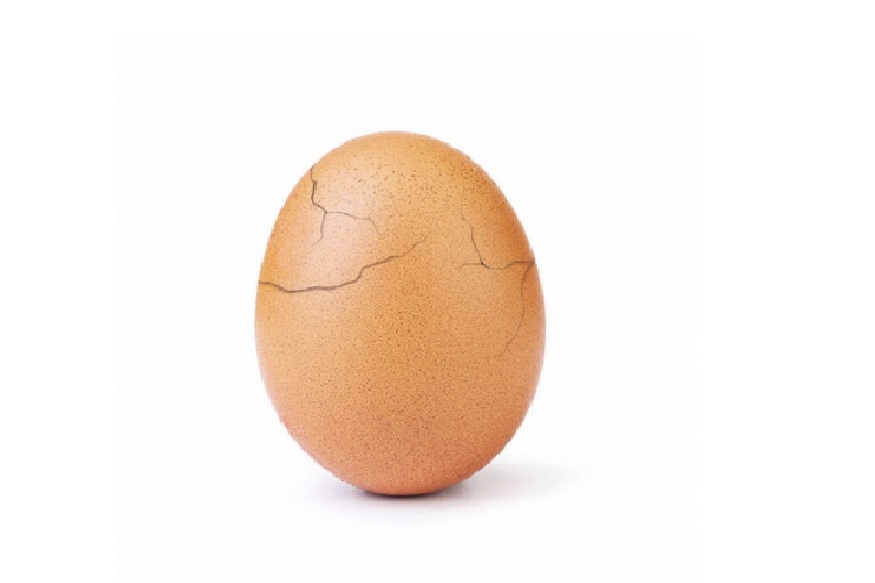 It was then that the Soviet press was given the command to "turn back." “Natural eggs are very healthy and nutritious” - this thought suddenly came to the mind of their editors and journalists.
It was then that the Soviet press was given the command to "turn back." “Natural eggs are very healthy and nutritious” - this thought suddenly came to the mind of their editors and journalists.
They say that after reading one of the first such articles, the outstanding actress Faina Georgievna Ranevskaya called her friends and exclaimed with joy: “ Congratulations, my dears! Eggs rehabilitated! »
The "harmfulness" of an egg is rather a fiction. It has long been proven that the cholesterol contained in eggs is neutralized by lecithin and is not deposited in the body in the form of plaques. Eating eggs is not only not harmful, but also useful - they contain a large amount of amino acids. Just like with any product, you need to know when to stop: no more than two eggs a day.
From the book: Syutkina O.A., Syutkin P.P. Uninvented history of Russian products. M.: AST, 2014.
Tags
- food
Readers today
Quiz: choose a cat and we'll tell you how people see you most often
Test of general knowledge: only 1 out of 10 people can answer everything correctly 9003
Only 2 out of 10 adults can solve this easy math problem, can you do it?
A test from the USSR that will test your attentiveness and erudition
Test: choose a Christmas tree toy, and we will tell you how you will celebrate the New Year
History of eggs.
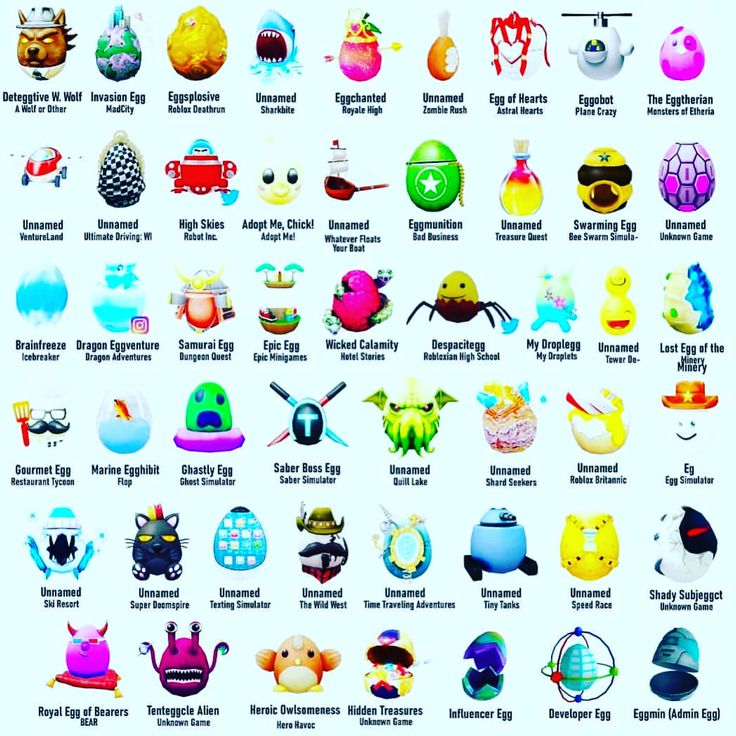 Eggs and health
Eggs and health Eggs occupy a special place in the nutrition of modern man . This is one of the quickest and easiest meals to prepare. However, in the past, the attitude towards them was far from the same. In Russian national cuisine, for example, if eggs were cooked, then only as a separate dish and at a strictly defined time. As a food raw material, eggs were not accepted for mixing with other products. Even in the dough, they began to be used only in the 19th century, following the example of the French.
As a culinary object , eggs have long been very popular in many European and Oriental cuisines, where they were used in combination with vegetables, fish, fruits to prepare a wide variety of dishes - from soups to all kinds of soufflés and drinks. And in China, for example, duck eggs 'songhuadan' preserved in a special way are considered a delicacy.
There were rather curious ways of preparing eggs .
The ancient Egyptians, for example, simply wrapped egg into the sling and quickly twirl it. The egg was warmed up and was considered to be soft-boiled. They once tried to boil eggs not only in boiling water, but also in hot air. In Paris, the 'Favorite' automatic machine equipped with a clockwork was designed, which, after a certain time, removed a basket with boiled eggs from boiling water.
Special alarm clocks were also produced, which were set depending on the requirement: soft-boiled, 'pouched' or hard-boiled eggs.
Today we do without special devices. It is worth lowering egg into boiling salted water - and after 3-3.5 minutes of boiling, a soft-boiled egg will be ready, after 4-4.5 - 'in a bag', and after 8-10 minutes - hard-boiled.
There is a curious legend about the competition for the vacancy of the court cook.
In a certain kingdom, the court cook died. Everyone who wanted to take his place was invited to prepare a dish consisting of 1 kg of any product, 1 liter of water and 1 kg of salt, and in no case should it be oversalted.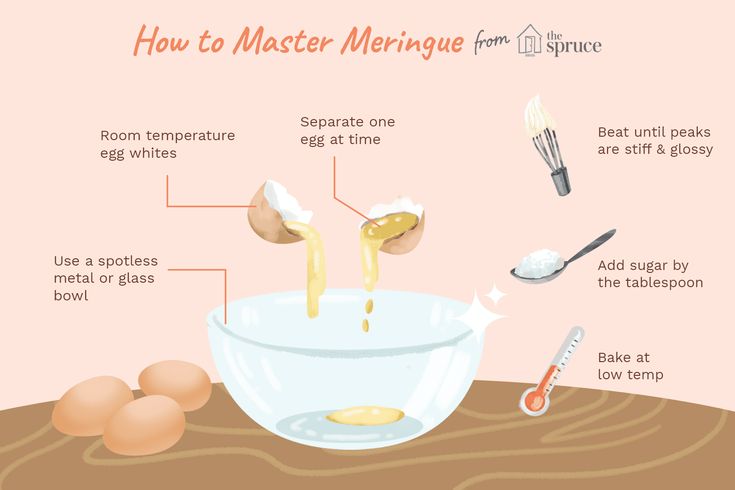
Most of the applicants refused to participate in such a difficult competition.
However, there was a brave and quick-witted cook who added 1 kg of salt to a liter of water and cooked 1 kg ... eggs , of course, in the shell.
Among the Russians, and indeed among the ancient East Slavic peoples , egg appears in almost every spring ritual. So, for the first time after the winter, when shepherds drove out the herd for grazing, they always took chicken eggs with them , hoping that their cows will become as round-faced and give a good offspring.
Belarusians had a similar ceremony in a different way: the owners, holding an icon, bread and a candle in their hands, walked around the cattle, and at the gate through which they were driven out, they laid an egg and laid a fur coat upside down. On the ascension - it was celebrated on the fortieth day after Easter colored eggs were taken out into the field and thrown up. This was done so that the rye would grow as tall.
This was done so that the rye would grow as tall.
The central place was given to the egg in the Easter rituals. Eggs shone in the church, they were "christened", carried to the graves of deceased parents and relatives. During the holy week, young people had fun rolling eggs on a specially made wooden tray of silt from a hill.
It was also customary to "beat" eggs: whose egg cracked, he lost. Some boys achieved such skill in this matter that during the Day they sometimes won a whole basket of eggs .
In some provinces, on the first day of Easter, the peasants put a small tub with grains of wheat on the table and buried red Easter food in them.0019 egg . Then the field was sown with these grains.
The custom of dyeing Easter eggs red goes back to pagan times, when a red egg was considered a symbol of the sun awakening nature after a long winter. The bright resurrection of Christ coincided in time with the pagan spring holiday.
Whatever drawings were made on Easter eggs, they were also called Easter eggs. There were a variety of ways to make them (usually women did this).
The most common ritual dish of eggs among the Slavs has always been considered scrambled eggs . She fed the young at the wedding, treated the girls to Trinity. Shepherds always cooked scrambled eggs for dinner on the first day of cattle pasture.
In general, eggs were not considered real, serious food. Egg was rather perceived as pampering, permissible only for small children and gentlemen pampered in idleness. It is painfully small in size, and, as the peasants believed, nothing good could be made from eggs.
In addition, eggs belonged to "fast" food and therefore were excluded from the menu on fasting days. Especially many of them accumulated during Great Lent. Perhaps this explains the custom of giving painted eggs to relatives and friends for Easter.
For quite a long time in Russian cuisine it was not customary to mix eggs with other products. However, over time, mainly under the influence of French cuisine, the range of dishes using eggs has expanded.
First of all, they began to be added to the dough for pies, pancakes, noodles and other flour products, omelettes, casseroles with eggs, etc. became widespread. Yes, and the old tested scrambled eggs have undergone changes: they have been ennobled with meat and vegetable additives, sauces.
At the end of the 19th century, the so-called eggnog was fashionable, especially among amateur singers. It was prepared from chilled egg yolks beaten with sugar. Rum, sherry or Madeira were also added to this mixture. It was believed that such food "purifies" the voice before singing.
Russia has never experienced a shortage of fragile "egg" goods. Since ancient times, in the north and south of the country, in Siberia, in places of bird colonies, in spring, bird eggs were collected in large quantities.








